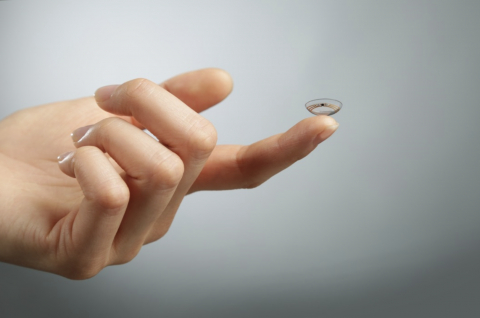Please check the information entered!
- Please check the information entered
A log-in email has been sent to your email address
Forgot password? Reset password
Contact lenses are nothing new. In fact, people have been wearing them for hundreds of years to help correct their vision. These small, thin discs of transparent material are usually custom-shaped and carefully formed to ensure they perfectly fit a person’s cornea.
With such precision and effectiveness, how could we ever improve on the humble contact lens? By making it smart, of course! And that’s exactly what companies like Google, Samsung and Sony (among others) are racing to do.
So what can they do?
Well… for a start… they can monitor your health. That’s because the oily liquid that flows through your tear ducts and keeps your eyes moist contains valuable information about your current state – blood sugar levels being a perfect example.
Suddenly, without any surgery or other invasive techniques, you can monitor your blood sugar levels and even get a visual indication in the form of the lens changing colour if they start to dip or rise sharply.
Meanwhile, researchers at the University of Wisconsin have invented a smart contact lens that helps overcome farsightedness. It’s inspired by the elephant nose fish, which has a uniquely shaped retina that allows it to spot predators in the muddy rivers where it lives.
The smart lens itself can autofocus within milliseconds, making it potentially life changing for people with presbyopia (farsightedness).
Then there’s the smart contact lens being developed by a team at the University of Michigan. Developed using US Military funding, the lens enables soldiers (or whoever wears it) to actually see in the dark using thermal imaging.
Finally, the Swiss Federated institute of Technology in Lausanne has developed smart contact lenses that let the wearer switch between normal and magnified vision, allowing them to zoom in on objects at will.
Reports also suggest that smart contact lenses could incorporate everything from batteries, CPUs and data storage to antennas, Bluetooth and radios going forward. There’s literally no end in sight to what’s possible…

*Image credit: Google